Tag: Featured
-

Implant stimulates vagus nerve, relieves arthritis pain
Academic Medical Center scientists have implanted tiny pacemaker-like devices in the necks of 20 patients with severe rheumatoid arthritis, reducing joint pain with out drugs. The trial was led by Professor Paul-Peter Tak. The implant stimulates the vagus nerve, which connects the brain to major organs, and is responsible for automatic body functions. Spleen activity was reduced after…
-
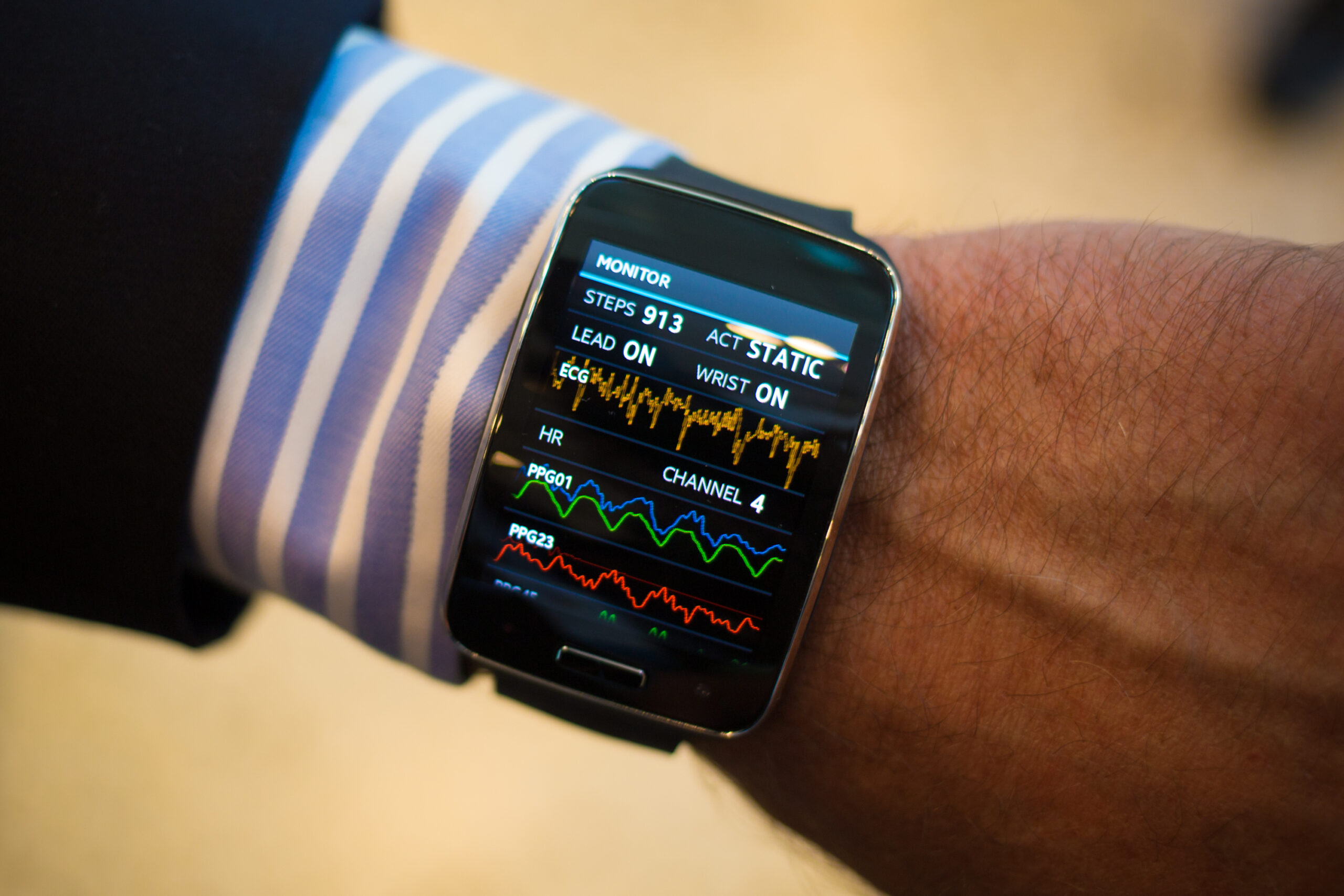
Samsung moves from fitness tracking to health monitoring
Samsung’s Simband represents the company’s shift from fitness tracking to health monitoring, allowing medical startups and researchers to develop sensor applications. Simband is equipped with six sensors: electrocardiogram, photoplethysmogram, galvanic skin response, accelerometer, and thermometer. Developers can also add proprietary sensors. The wearable’s three main functions are called “trends,” “monitor,” and “spot check.” Trends displays one’s data…
-
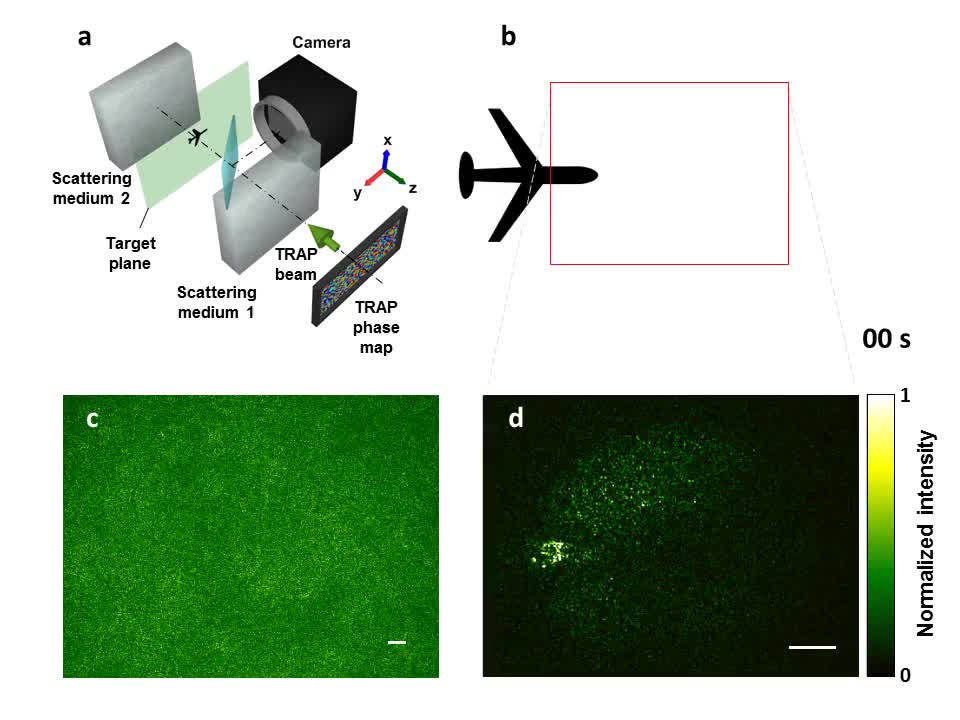
Reversing time improves cancer tissue imaging
Washington University professor Lihong Wang has developed a time-reversal technology that allows researchers to better focus light in tissue. The photo acoustic imaging combines light with acoustic waves to form a sharper image, several centimeters into the skin. Current high-resolution optical imaging technology allows researchers to see only 1 millimeter deep. The time-reversed adapted-perturbation (TRAP) optical focusing sends…
-
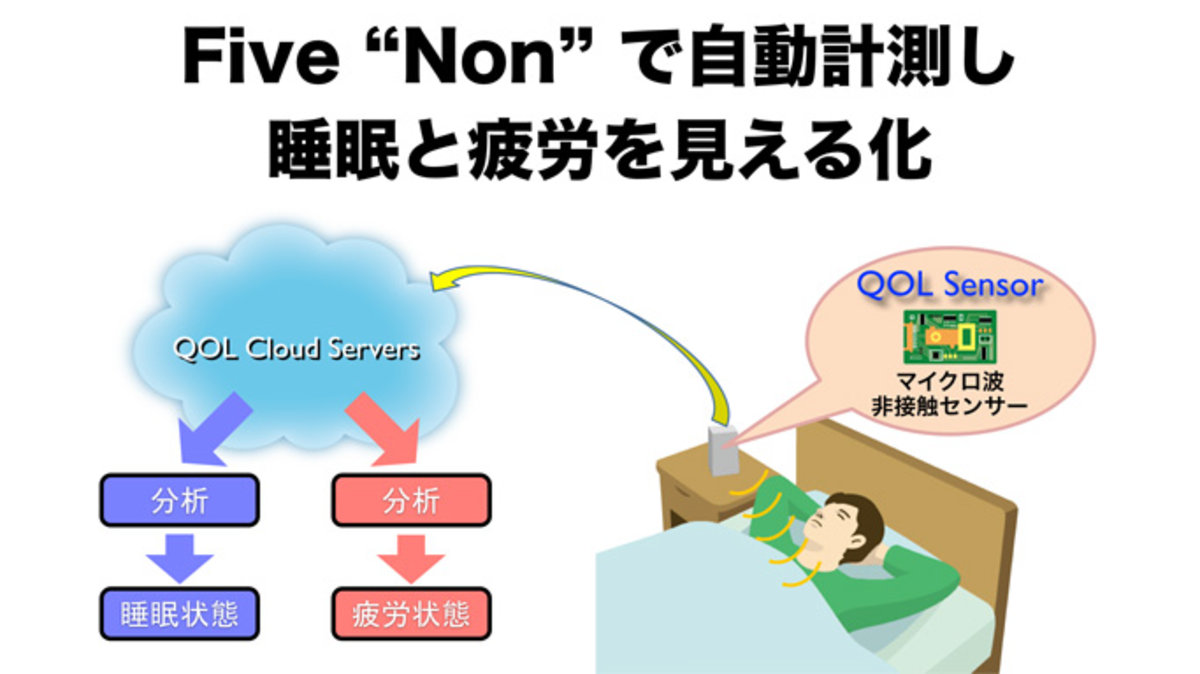
Contactless sleep and fatigue sensor
Entering the digital health market, Nintendo is developing a contactless device to track a user’s sleep and monitor fatigue. It is based on a non-contact radio frequency sensor which measures breathing, heartbeat and body movement. The company describes the system as five “Non” Sensing elements: 1. “Non-wearable.” Nothing is attached to the body. 2. “Non-contact.” The product…
-

Brain network map may improve non-invasive stimulation
Brain stimulation treatments can alter neural circuits electrically instead of chemically. However, understanding what brain regions should be targeted, by condition, remains a challenge, particularly in non-invasive rTMS. A Beth Israel Deaconess study suggests that brain networks – the interconnected pathways that link brain circuits to one another– can help guide site selection for brain…
-
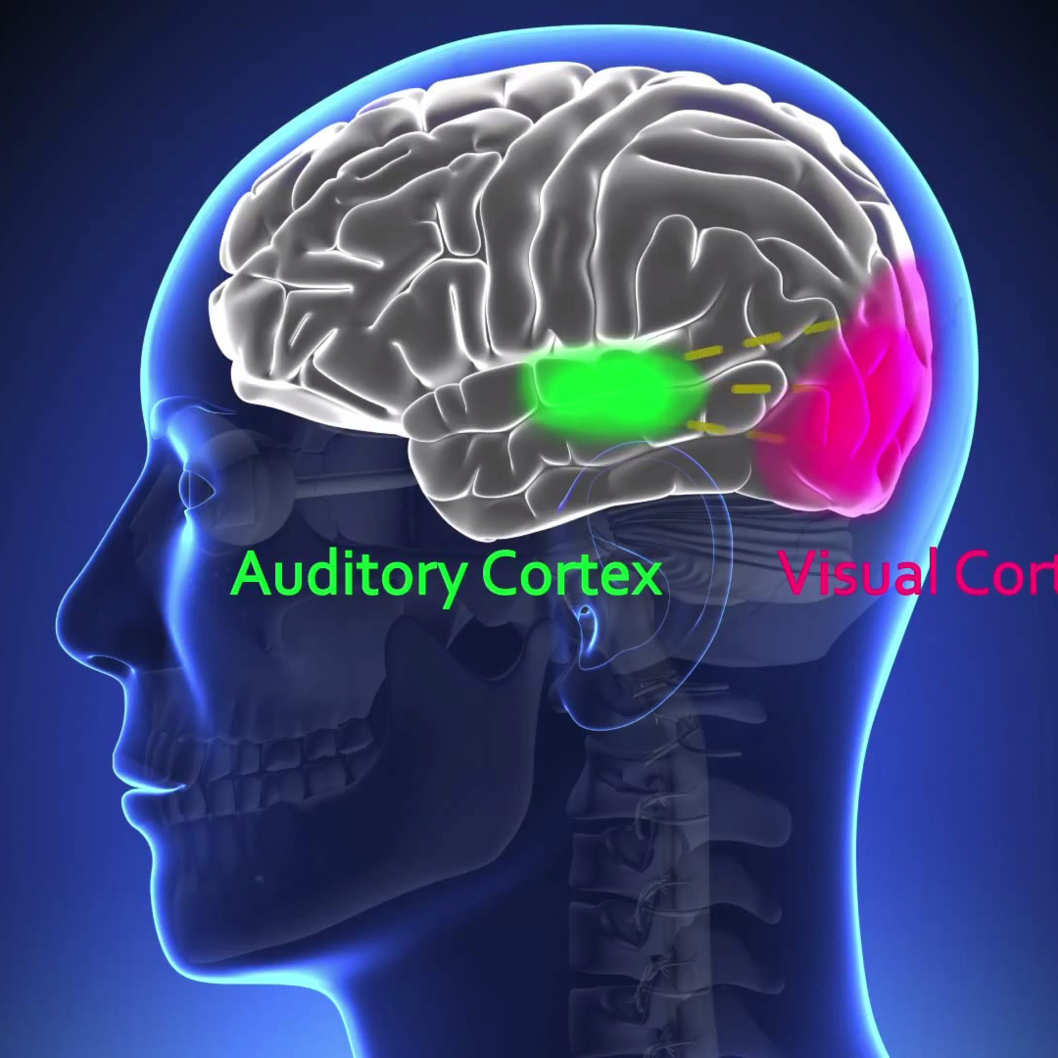
EEG could lead to earlier autism diagnosis
Albert Einstein College of Medicine professor Sophie Molholm has published a paper describing the way that autistic children process sensory information, as determined by EEG. She believes that this could lead to earlier diagnosis (before symptoms of social and developmental delays emerge), hence earlier treatment, which might reduce the condition’s symptoms. EEG readings were taken from 40…
-

Google Fit platform aggregates health data
Using a single set of APIs, Google Fit collects and aggregates data from fitness apps and sensors to manage a user’s fitness stream. The platform will work with wearables and other peripherals. To protect privacy, permission is required and data can be deleted. Initally, Adidas, Nike , Intel, LG and Motorola will participate. Nike will add…
-

Smart glasses track fatigue
JINS MEME glasses track the correlation between eye strain and fatigue, and send mental and physical tiredness data to a user’s smartphone. The glasses monitor a user’s eye movements and gaze. They contain small metallic electrooculography sensors in the parts of the frame that touch the bridge of the nose and ears, determining the electrical potential of…
-
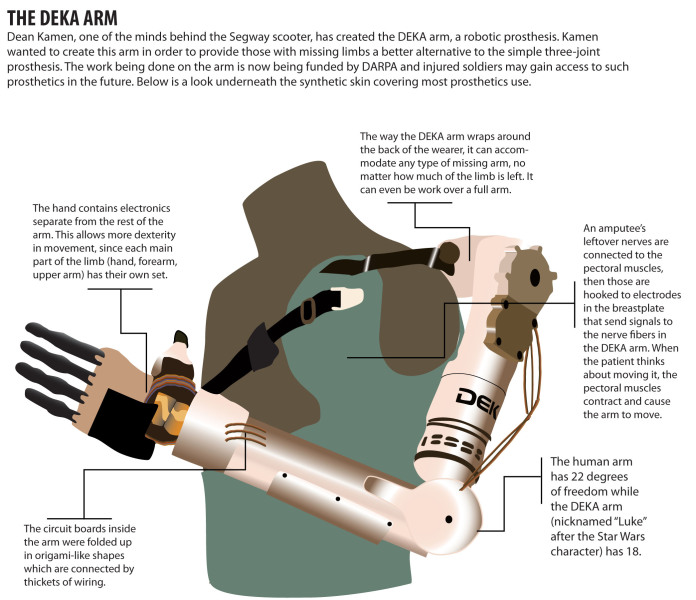
Prosthetic arm moves after muscle contraction detected
DEKA is a robotic, prosthetic arm that will allow amputees to perform complex movements and tasks. It has just received FDA approval. Electrodes attached to the arm detect muscle contractions close to the prosthesis, and a computer translates them into movement. Six “grip patterns” allow wearers to drink a cup of water, hold a cordless…